Max Thinius
What rules the future luxury market?
What rules the future luxury market? Could it be Crypto?

»Luxury products could gain a second value«
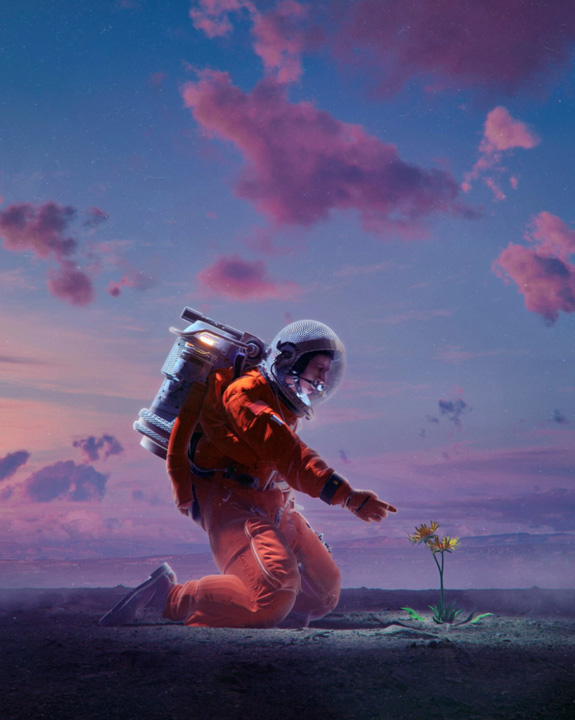
A look at the latest auction results at Christie’s might confirm this assumption. A digital collage by the online artist Beeple was sold for almost 70 million US dollars at Christie’s auction house. It features a jpg file, mind you, but verified by a NFT, a ‘Non-Fungible Token’, which cannot be counterfeited; it confirms the authenticity of the original file and is secured via blockchain. Of course, there are still copies, anyone can see the artwork on the web, but there is only one certified original file, which is what makes it so valuable.
»You can buy blueprints of the most bizarre architecture
and have it built in the future.«
But it’s not so much art lovers who are at work here but instead crypto speculators hoping that an image will gain fame on the web or become a meme and thus increase the value of the original file. However, NFT as a technology also opens the doors to a new definition of luxury.
Gucci, for example, is planning to introduce an NFT. Exactly what that looks like is not yet clear. It could be used for the purchase of an exclusive original image of a special design for a suit or a bag. The watch industry is also getting involved: You can buy unique designs of watches as jpgs, which have not been produced and won’t be in the future. But you can look at them on your computer or your tablet, or whatever. The prices for such designs are sometimes staggering.
There is talk of 80,000, even 300,000 dollars being paid for them. The rule is: the more bizarre the better, then the probability of dissemination is higher. But they are still just pictures – digital jpgs. Nothing more. Yet NFTs could do much more.
For example, apart from acquiring the design, one could also purchase the right to own the corresponding design of a fabric or a watch that might be produced in the future. This could be from the manufacturer or, if there is an NFT-protected blueprint, for a piece of design furniture, for example. The carpenter of the future would then have a digital CAD or production machine to read the data and, combined with their craftsmanship, they could build a unique object from it, or even several. The owner of the original blueprint would then earn royalties from this. And not just him, but everyone who had a hand in the design or the production – all secured by NFT and the smart-contract on the blockchain behind it.
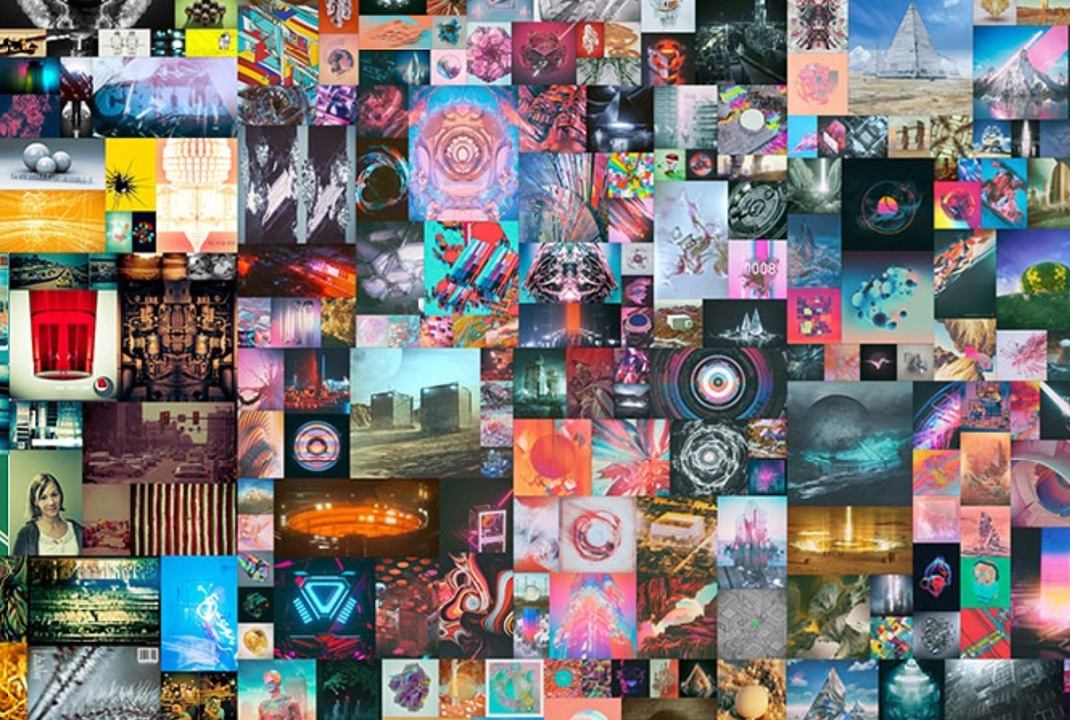
For architecture, it could be environmentally friendly futuristic buildings featuring construction technology that has yet to be invented; it could even be built on Mars, if you believe Elon Musk. And in fact, this technology already exists. You can buy blueprints of the most bizarre architecture and have it built in the future. All this, for sums equal to what you would pay for a finished house. At the moment, however, it’s mainly speculators who intend to ‘own’ one of the ‘first’ houses that are sold in this way.
But NFTs isn’t just about ‘crazy’ stuff. You can already secure meaningful in-depth information and data with them, about, the origin, the craftsman and the sustainable production method. And in combination with so-called smart contracts, which are also on a blockchain, you can guarantee the craftsman of a product that he will have a 10% share in case of an increase in the value of his work through a resale in the future. And not just the artisan, but also the raw material supplier, the packaging designer, or even the person who maintained the necessary machinery at the time of production would benefit.
Luxury products could gain a ‘second value’ through this, regardless of the price of purchase. They would harbour an inherent value for the world and the community or society producing them.
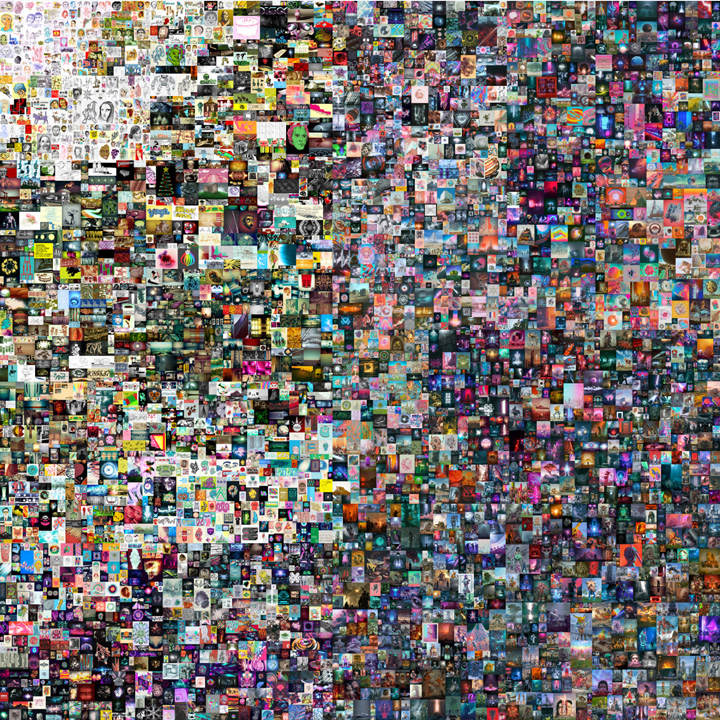
NFTs are currently in the early stages and there is a lot of experimentation going on –unfortunately, in many cases, simply to make a quick buck. But they also offer the possibility to create real, multiple, value for society. And how ingenious would it be if we could increase the quality of life for others on this planet while positively developing our own quality of life at the same time? Wouldn’t that make luxury really cool in the future?
Max Thinius


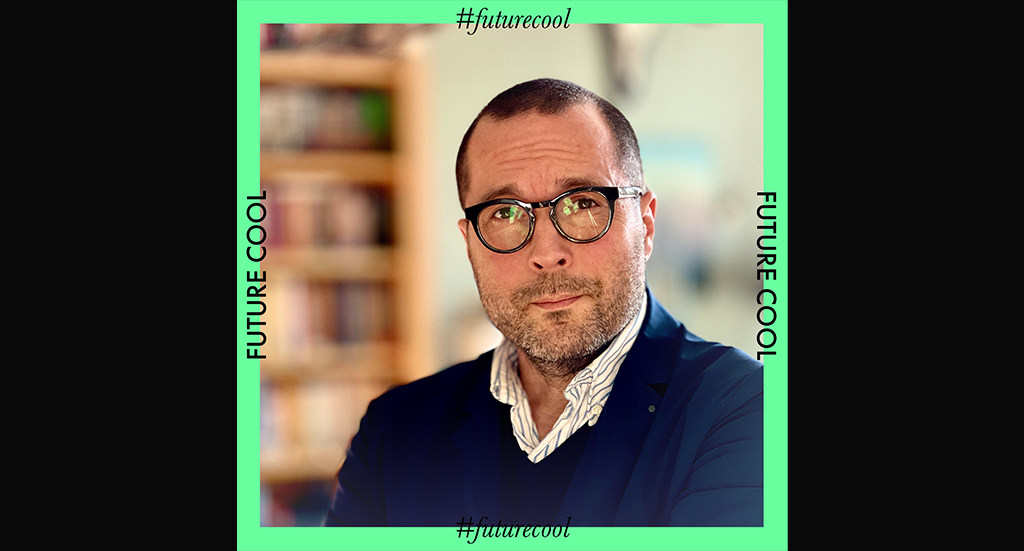

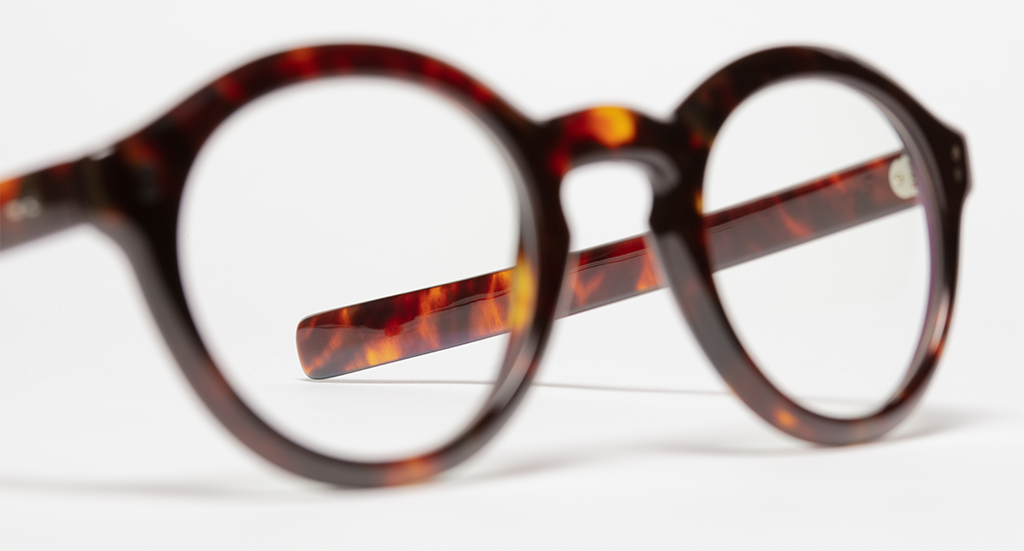

Join our Community